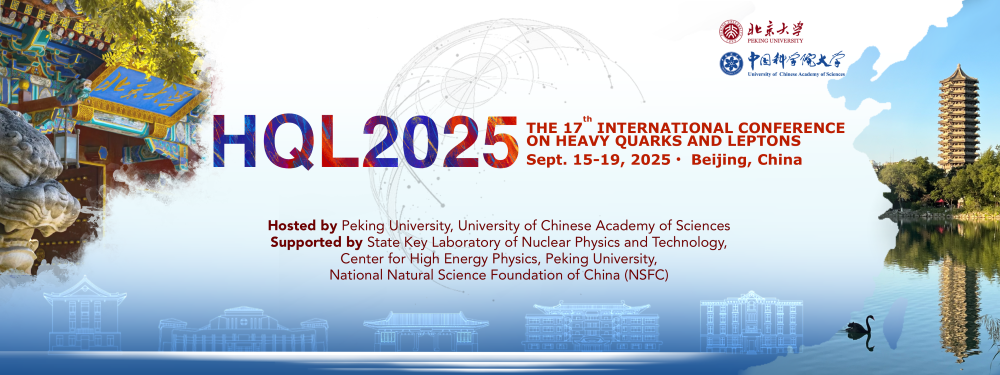Speaker
Description
The modification of quarkonium state production in the deconfined QCD medium in nuclear collisions does not solely originate from the medium dissociation but rather is a collection of effects from initial to final states. Excited charmonium production in pPb collision can be thought of as a controlled environment to understand these effects. In particular, the production of the $chi_c$ mesons, as p-wave quarkonium states, can provide more information about the feed-down and binding energy dependence of the charmonia in the nuclear collisions, as their masses lie in between the ground state and the $\psi(2S)$. In this talk, we present analysis results of the production of $chi_c$ in pPb collisions at center-of-mass energy per nucleon pair of $\sqrt{s_{NN}}=8.16 TeV$. The data are collected by the CMS detector and correspond to an integrated luminosity of 175 $nb^{-1}$. The analysis measures the relative production of $\chi_{c1,2}$ with respect to $J/\psi$ as a function of particle transverse momentum and rapidity, and event activity. The results are compared with other experiment measurements at the LHC with different rapidity ranges and proton-proton collision data and model calculation to further extend our understanding of $\chi_{c}$ state production in nuclear collisions. Given that the relative cross sections are consistent with the proton-proton results at similar collision energies, the findings rule out a strong additional suppression of the $\chi_{c}$ states relative to the $J/\psi states in pPb collisions.

